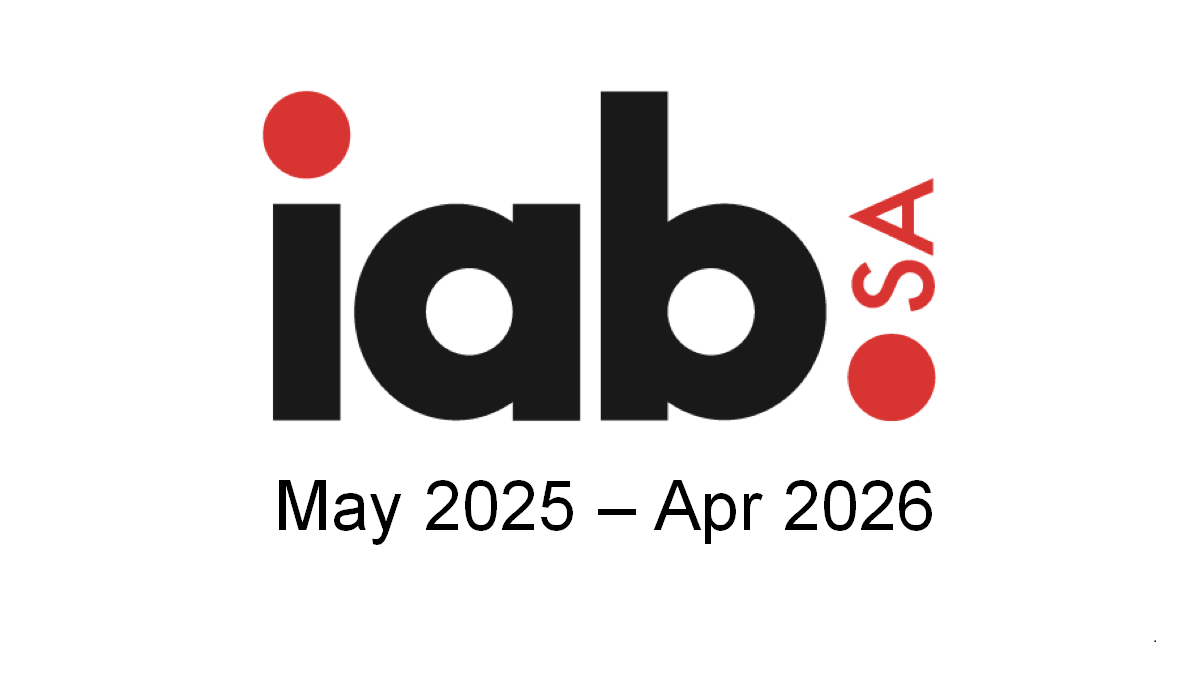The unemployment rate has increased by 0.3% to 33.2% in the second quarter, up from 32.9% in the first quarter.
This is according to the Statistics South Africa (StatsSA) Quarterly Labour Force Survey (QLFS) presented by Statistician-General Risenga Maluleke in Pretoria on Tuesday.
The number of employed people rose by 19, 000 to 16.8 million. But the number of unemployed people also grew by 140, 000 to 8.4 million. This pushed the labour force up by 159, 000, an increase of 0.6%.
Youth most affected
Young people remain the most affected in the labour market. The number of unemployed youth aged 15 – 34 rose by 39, 000 to 4.9 million. Youth employment increased by 31, 000 to 5.7 million. The youth unemployment rate stayed at 46.1% in the second quarter.
Maluleke said women, especially African women, are highly disadvantaged. But women in general are likely to be employed in, among others, elementary work, community and social services, trade and finances, and domestic work.
Discouraged work-seekers dropped by 28, 000. This while the number of people not economically active for other reasons remained at 16.6 million.
The expanded unemployment rate, which includes discouraged job seekers, fell slightly by 42.9% from 43.1% in the first quarter.
“The above changes in employment and unemployment resulted in the official unemployment rate increasing by 0.3 of a percentage point from 32.9% in the first quarter of 2025 to 33.2% in the second quarter of 2025.
“The expanded unemployment rate in the second quarter of 2025 decreased by 0.2 of a percentage point to 42.9% compared with the first quarter of 2025, which was 43.1%,” said Maluleke.
Informal sector jobs
He said there have been complaints that StatsSA does not record informal sector jobs. Also that this was the reason that unemployment rates are always low in South Africa.
However, he said informal jobs do not reflect the true statistics. He referred to the example that unemployment rates in Zimbabwe are at 6% because of the inclusion of this sector. He said if this were true, then South Africans would be moving to Zimbabwe, not vice versa.
The QLFS shows that the formal sector jobs increased by 34, 000. This while informal sector jobs dropped by 19 000.
Maluleke said the biggest employment gains were in trade, with an increase of 88 000 increase. Also an increase of 28, 000 jobs in private households; and 20 000 increase in construction.
The largest losses were in community and social services at 42, 000, agriculture at 24, 000, and finance at 24 000. Transport lost 15, 000 jobs, utilities lost 6 000 jobs, and Manufacturing lost 5 000.
Provincially, Gauteng added 95, 000 jobs and Eastern Cape 89, 000. The Western Cape lost 117, 000, KwaZulu-Natal 86, 000 and Northern Cape 28, 000.



